In the annals of American crime, the name Ma Barker looms large as an enigmatic figure shrouded in mystery and controversy. Born as Arizona Clark in 1873, she would go on to become one of the most infamous alleged criminal masterminds. Alongside her four sons, she orchestrated a string of daring bank robberies and violent crimes that struck fear into the hearts of law enforcement and captivated the public. Yet, some believe that her role was entirely made up.
Arizona Clark, aka Ma Barker
Barker was raised in Missouri by her parents, John and Emaline. An FBI report compiled after one of her family’s later alleged crimes detailed her early life. Supposedly her childhood was ordinary, and in 1892 she married George Barker, with whom she had all her sons. The pair remained in Missouri – first Aurora, then Webb City – in the early years of their marriage before eventually moving to Tulsa, Oklahoma.
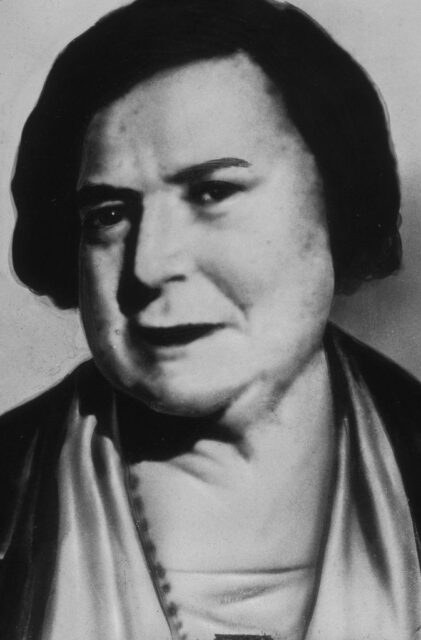
The Barkers had four sons: Herman, Lloyd, Arthur, and Fred. The FBI also claimed in their report that the family had almost nothing to their name. Perhaps this is what pushed the Barker brothers into a life of crime. It’s unknown exactly when they first began, but Herman, as the eldest, was the first son to be arrested for highway robbery in 1915. It didn’t take long for their criminal behavior to spiral when they all joined the Central Park Gang.
A life of crime
According to many sources, Ma Barker, then going by the name Kate, didn’t try to move her sons away from a life of crime. Among the four of them, their crimes included both attempted and successful bank robbery, murder, and burglary. This spree ended in Herman’s death on August 29, 1927, when he took his own life rather than face the repercussions of a robbery that ended with a dead police officer.
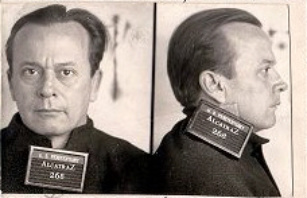
Simultaneously, the other three brothers had been arrested and were set to serve prison sentences around the United States. By this point, Barker was living alone. Reports vary as to whether she kicked George out or whether he left of his own accord, but by 1929, it was just her. The most common interpretation, however, is that she stood by her sons even after their crimes, while George did not. Without his measly income, she lived in absolute poverty.
The Barker–Karpis Gang
This changed when she moved in with Arthur Dunlop, who was listed as her common-law husband, in 1930. Things continued to improve for Barker once Fred was released from jail. He and Alvin Karpis, a former prison mate, formed the Barker-Karpis Gang. While the men committed crimes, Barker and Dunlop traveled the country alongside them, with “Old Lady Arrie Barker” being pinpointed as an accomplice to their crimes.
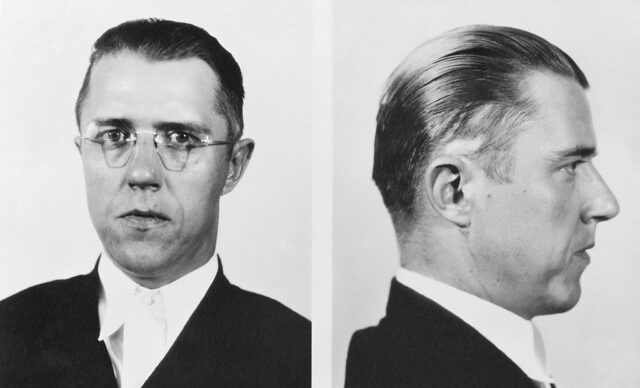
Arthur joined the gang in 1932 when he was released from prison, and the group eventually found its way to St. Paul, Minnesota, which became the hub of their operations. This was thanks in part to police chief Thomas Brown protecting them from the law. While there, the gang operated as bank robbers and kidnappers. They also murdered Dunlop as they believed he had given them up to the police, moving to Menomonie, Wisconsin shortly after.
Identified by law enforcement
This didn’t last long, and they soon moved back to St. Paul, where they abducted two wealthy men: William Hamm and Edward Bremer. Between the two, they earned $300,000 in ransom money. These two crimes also allowed the FBI to finally catch up with them using the still-new technology of fingerprinting. The gang was smart enough to know they were close to getting caught, so they fled to Chicago, hoping to evade police.
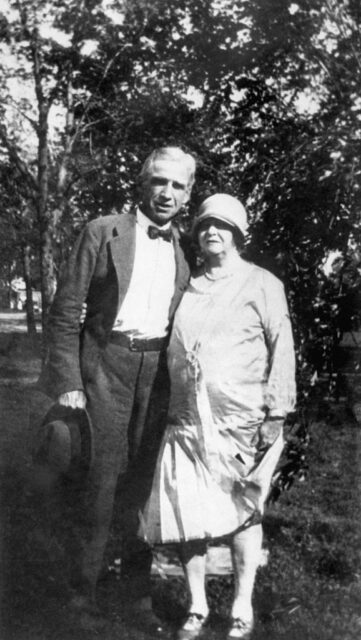
Instead, Arthur was arrested on January 8, 1935. On his person was a map identifying the house in Florida where many of the other gang members were hiding. On January 16, 1935, the FBI arrived on location, surrounding the house and giving orders for those inside to surrender. They thought they had apprehended the entire gang, yet the only people inside were Ma and Fred; the others had left three days earlier.
FBI shootout
Fred, however, refused to go down without a fight. Instead of turning himself over, he began a shootout that lasted hours. When the gunfire finally stopped, the FBI sent someone inside. They said that both Ma and Fred were dead. Numerous bullet wounds had killed the latter, while the former died from only one. The bodies of the mother and son were publicly displayed after their death and buried next to Herman on October 1, 1935.
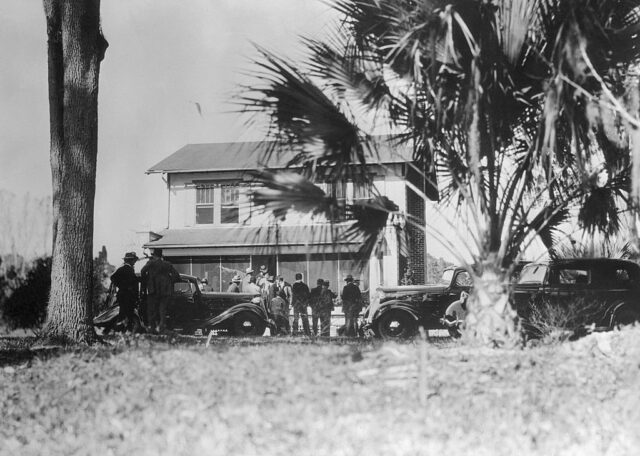
Following her death, J. Edgar Hoover said Ma Barker was “the most vicious, dangerous, and resourceful criminal brain of the last decade,” who enjoyed a lawless lifestyle. She is credited as the mastermind behind the Barker-Karpis Gang’s crimes. Yet many historians who have studied her and the gang refute this. They believe that the narrative arose as a way of justifying the death of an elderly woman at the hands of law enforcement.
Was Ma Barker falsely accused?
There’s no doubt that Ma Barker was knowledgeable of the crimes committed by her sons, as she happily traveled around the country with their gang. She was certainly guilty as an accomplice, but being the gang’s mastermind is a whole different accusation. This is how she has been portrayed in the many movies about her life, including Bloody Mama and Ma Barker’s Killer Brood, even though there is little evidence to prove this.
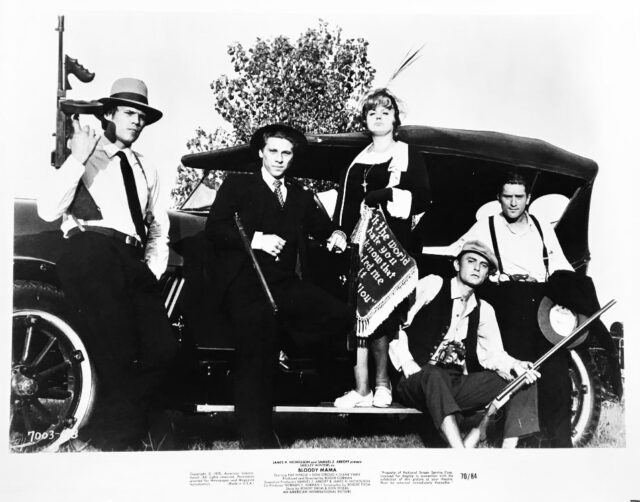
More from us: Who Was Mae Capone, the Wife Of Mobster Al Capone?
In fact, even fellow gang member Karpis disagreed with public sentiment. He said, “The most ridiculous story in the annals of crime is that Ma Barker was the mastermind behind the Karpis–Barker gang (…) She wasn’t a leader of criminals or even a criminal herself (…) she knew we were criminals but her participation in our careers was limited to one function: when we traveled together, we moved as a mother and her sons. What could look more innocent?”
